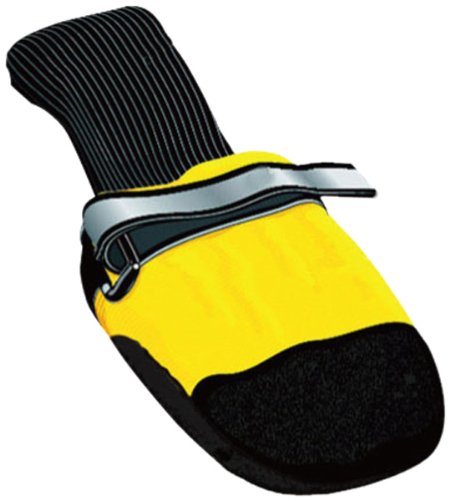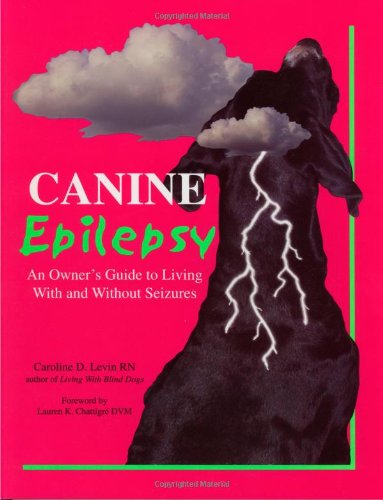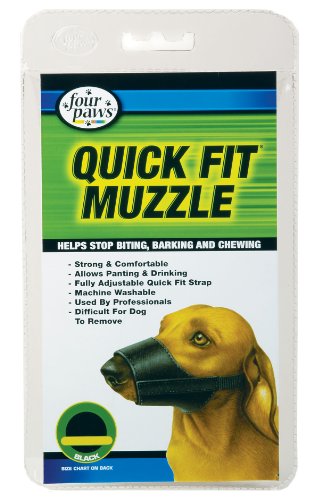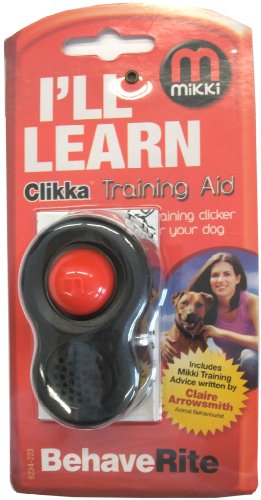Dental hygiene is important beyond having healthier teeth for dogs. Gum and teeth infection, broken teeth or tooth loss, and related periodontal problems involving connective tissue in the dog's mouth can lead to bacteria making its way into the pet's bloodstream. This can lead to infection of the heart, lungs, liver, intestinal tract, kidney and other internal organs and other side effects.
Dental pet care experts say that up to 80% of dogs manifest signs of dental diseases by three years in the absence of proper oral hygiene. Getting dogs accustomed to dental care as early as possible is crucial to ensuring their long-term health. With regular check-ups, cases such as bad bite or malocclusion, gingival irritation, deciduous teeth and tartar formation can be spotted earlier. This will prevent the situation from worsening and help save the dog's teeth.
In some cases, veterinarians may advise pre-anesthesia blood work, or an overall health check to determine if the dog's kidneys and other internal organs are functioning properly and if blood count is normal. The process will also help establish any potential risk before anesthesia is applied.
An antibiotic may be administered to dogs with bad teeth before the dental to eliminate the infection and minimize complications. Fasting will also be required the night before anesthesia application. The check-up itself will involve looking for cavities, gum pockets, loose teeth, tartar and unusual palate or gum growth.
It should be noted that pets seldom experience tooth decay, due in part to their non-acidic saliva, cone-shaped teeth and natural cleaning from their habit of chewing and gnawing. However, an owner who notices that his pet has bad breath must recognize this as a sign that infection is already present and that tartar has already built up.
Tartar can be found below the gums and breeds bacterial growth, leading to inflammation. Owners who know how dog teeth develop would be better equipped in handling such a situation.
After being born without any teeth, dogs grow them from the second or third week after birth. At about eight weeks, puppies generally have 28 temporary teeth, including incisors, pre-molars and canines, that they start losing when they reach 12 weeks.
Adult dogs grow about 42 permanent teeth that start appearing at six months. When this happens, some dogs can become uncomfortable, chewing actively and mouthing anything to ease the discomfort and pain.
Dogs develop incisors - 12 small front teeth - that they use for grooming themselves and for picking up small objects. For larger pieces, including food, dogs use four canine or cuspid teeth that are long and pointed.
Slicing action on small food bits is done using 16 premolars, while grinding and crushing support comes from 10 molars at the back of the dog's mouth.
There are basic steps dog owners can take to keep their pet's teeth healthy. Toothpastes and toothbrushes designed specially for dogs are already available in the market. The finger brush - similar to that for the human infant - is a rubber hood worn by the owner over his finger. The product has soft rubber bristles on one side and is used by the owner to clean the teeth and massage the gums of his pet. The finger brush can later be replaced by a regular dog toothbrush after the pet becomes accustomed to the cleaning process.
Brushing a dog's teeth should be done at a 45-degree angle, at the junction where they meet the gums. Small circular motions are ideal, followed by vertical strokes. This two-step process will help pull out and discourage the formation of plaque. The owner should brush his pet's teeth several times a week, making sure that all teeth are covered.
For affluent owners, bringing their dogs to a veterinarian for scaling and polishing every two or three years will also help. Since the goal is to make these check-ups regular, making the dog used to being handled as early as possible will make it comfortable even when its mouth and teeth are being held and prevent it from becoming angry or biting.
Owners should be aware of the things their pets eat and play with. Rawhide chews, knobby plastic toys and some other items are also part of dental hygiene, as they are not hard enough to damage teeth and help in the cleaning process. However, small toys and real bones should be monitored, as they would pose problems if they break into pieces and are swallowed.

 Designer Doggy Wear
Pampered PoochesWeve all seen them right? Little doggie
Designer Doggy Wear
Pampered PoochesWeve all seen them right? Little doggie
 Seizures in Dogs, Canine Seizures
Seizures, Are Very Common In The Pug BreedMy Black Pug
Seizures in Dogs, Canine Seizures
Seizures, Are Very Common In The Pug BreedMy Black Pug
 A Guide to Protecting Your Vicious Breed
Credit: Pitbull by ArielleJay, Rottweiler &am
A Guide to Protecting Your Vicious Breed
Credit: Pitbull by ArielleJay, Rottweiler &am
 Get Started Training Your Dog
IntroductionSo youve got you
Get Started Training Your Dog
IntroductionSo youve got you
 Dog clothing is essential
Dog clothing is essential
Dog clothing is essential
Dog clothing is essential